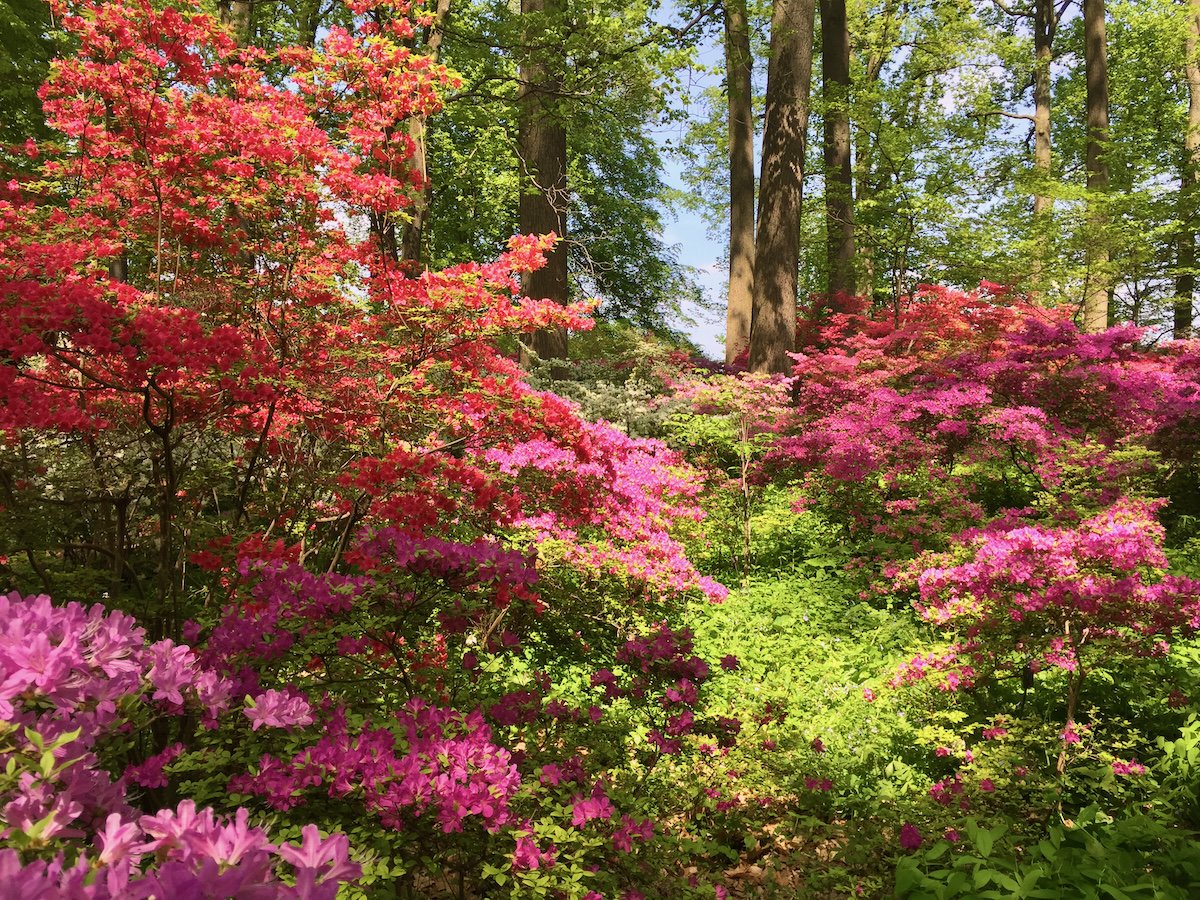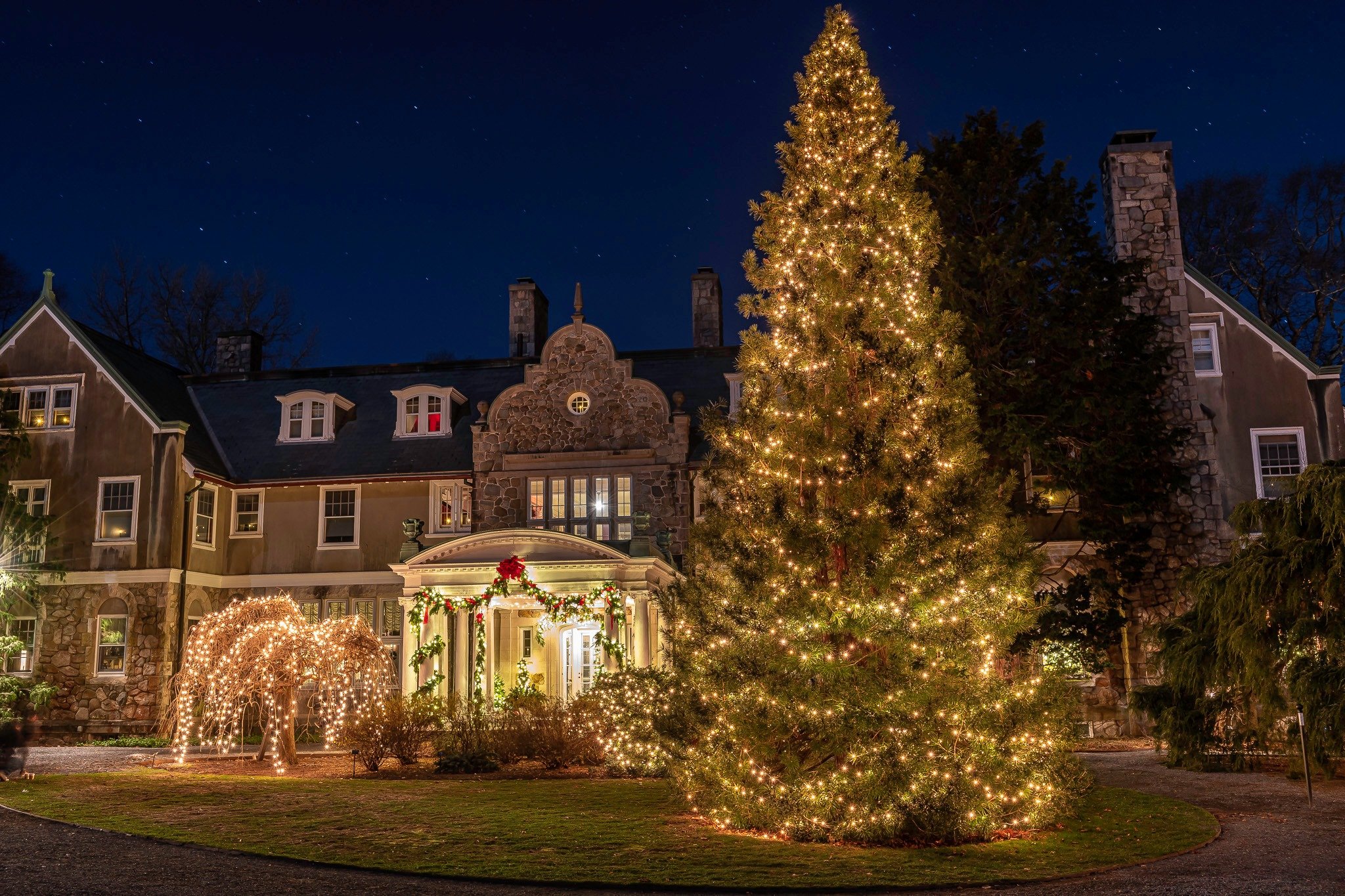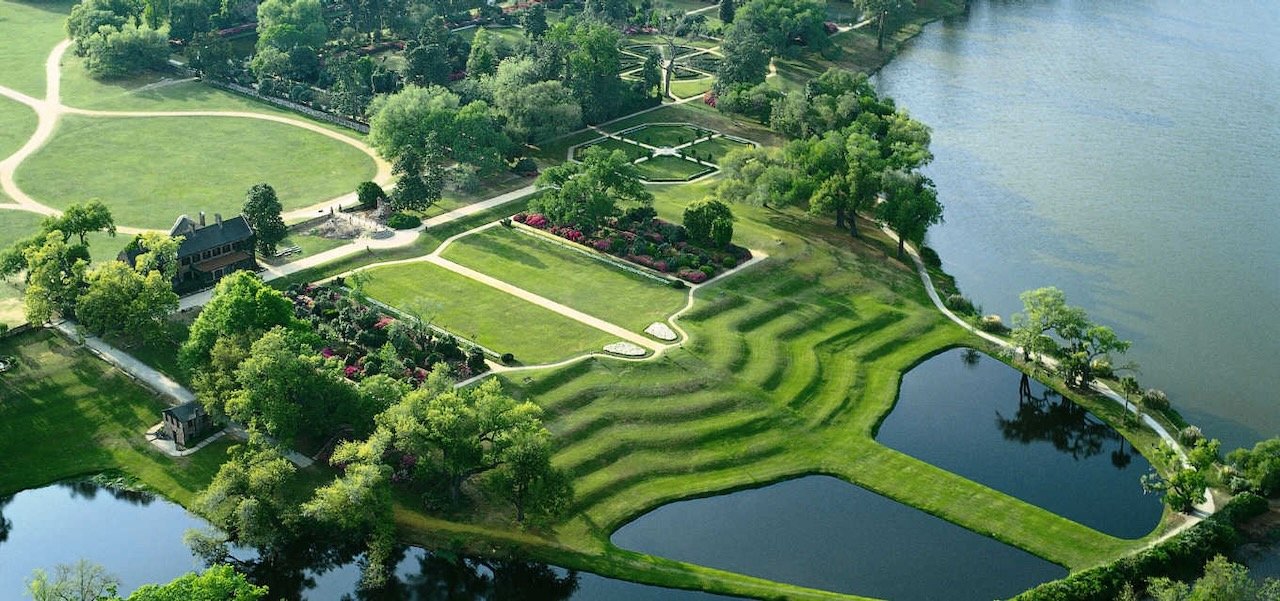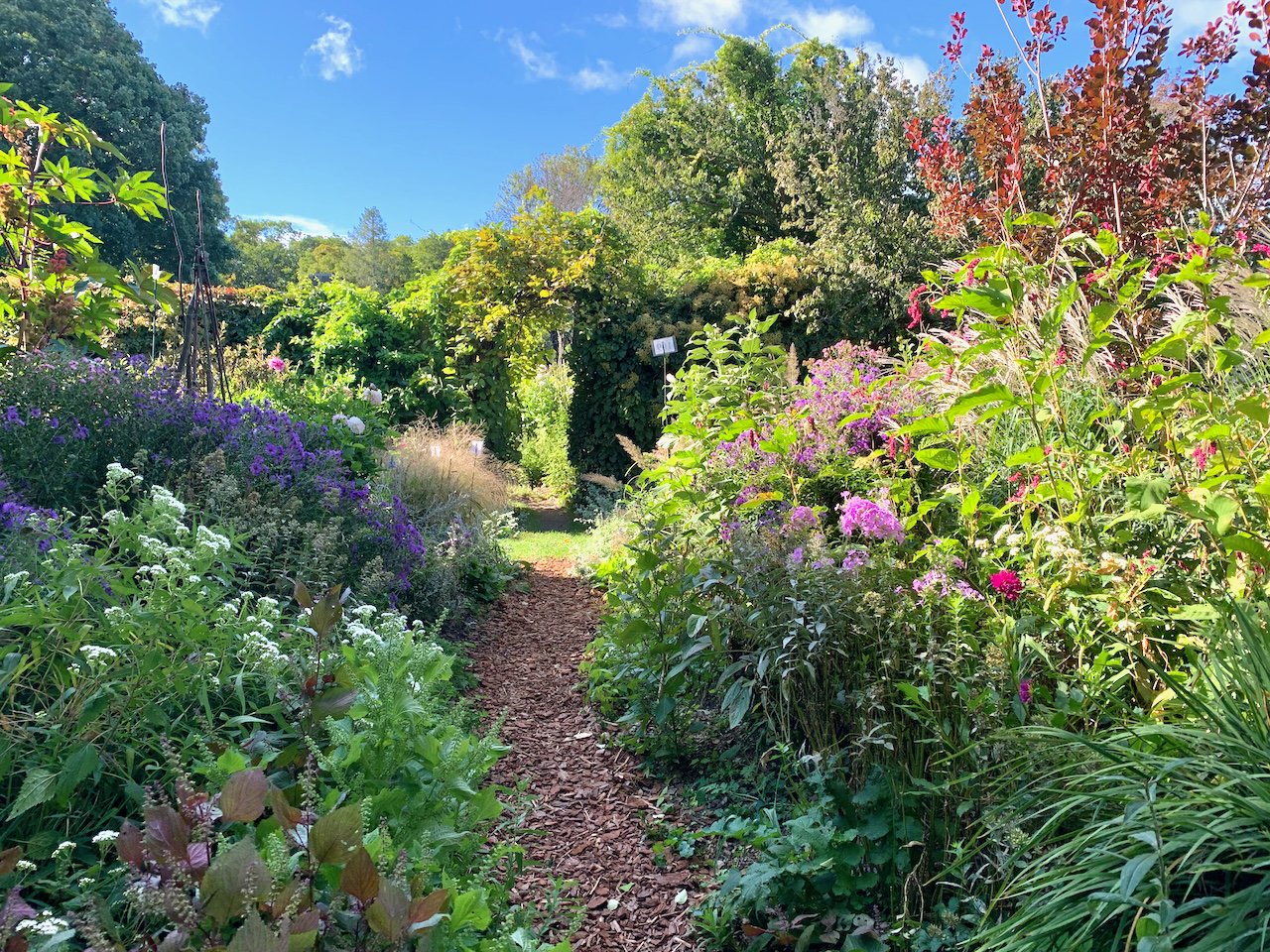Dwarf Crested Iris Brightens the Spring Garden
/After a week of much-needed spring rain, the garden looks lush and expectant. Everywhere, there seems to be a new wonder to appreciate and admire. Hosta leaves unfurl, the blossoms of the crabapple trees are buzzing with bees, and the arching stems of old-fashioned bleeding heart are lined with dangling blooms. And, hugging the ground, a drift of dwarf crested iris offers delicate charm.
Dwarf crested iris (Iris cristata) is a small iris, less than 6 inches tall in bloom, with 2- to 3-inch wide flowers that hover just above its blade-shaped foliage. It spreads by creeping rhizomes, eventually forming a dense groundcover. It is one of the most common of the irises that are native to the northeastern United States. It can be found growing on stream banks and on wooded slopes or rocky bluffs in its native habitats. Despite its delicate appearance, it is a tough little plant that is extremely hardy (Zones 3-9).
Most people are familiar with the tall bearded iris. The flowers of the dwarf crested iris are beardless. They are very showy, with three narrow petals and three broad, down-curved sepals. The sepals are centrally marked with a yellow or white band, with a crested ridge and a white splotch. Flower color is typically shades of blue-lavender, deep violet or white.
Iris cristata ‘Alba’ is the white form of the dwarf crested iris. The flowers are a particularly bright white color that is outstanding in moon gardens. Its softly spiky form and clear color enhance other garden plants. I have planted it in front of a yellow-leaf bleeding heart (Dicentra ‘Gold Heart’), a green-edged yellow Hosta (‘Golden Meadows’) and a dark pink azalea (‘Renee Michelle’); just dazzling.
Other garden-worthy Iris cristata cultivars include the dark purple ‘Navy Blue Gem’ and ‘Eco Purple Pomp’, the light blue ‘Powder Blue Giant’ and the ruffled blue ‘Shenandoah Sky’.
Dwarf crested iris prefers well-drained soil with moderate fertility and moisture. It will tolerate drought once established. It performs well in sun or shade, but does best in part-shade. When planted in sun, it requires extra moisture.
Its ability to perform well in shade increases its usefulness. When planted in both sunny and shady areas of the perennial border, it helps create unity through repetition. At the shaded end of my mixed border, I have planted it amongst ferns, Epimediums and hostas (H. ‘Yin’ and H. ‘Allegan Fog’). In a sunnier location, it keeps company with assorted campanulas, Heuchera ‘Venus’ and Sedum ‘Autumn Joy’.
Dwarf crested iris is an excellent plant for the home garden. It is lovely planted along the edge of a path or perennial border. It will naturalize in woodland gardens, where it will produce great swaths of springtime color. Like all irises, it is deer resistant. It will grow and bloom in dry shade.
By Joan Butler


















